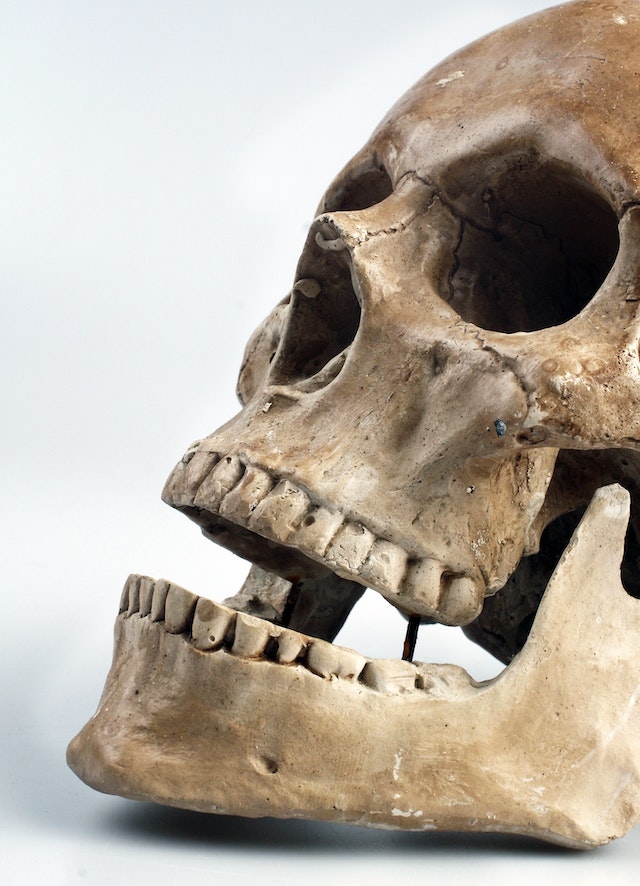Introduction:
Enter the realm of prehistoric European foragers and decipher their genealogical past. While we analyze their DNA markers, we can obtain a heightened awareness concerning their earlier times. Using cutting-edge genetic testing methods, we are discovering the movement patterns, genetic variation, and forebear connections that molded the ancient roots of the European populace. The study is illuminating concerning the abundant historical and convoluted exchanges of these prehistoric communities. In this piece, accompany us on an enthralling adventure across the ages while we investigate the intriguing ancestral heritage of the European foraging communities.
Migration Patterns and Genetic Diversity:
Genetic analysis has revealed the elaborate migration pathways of the European nomadic tribes. Through comparing DNA information over time and different places, investigators have determined the migrations and interactions of these ancient societies. The examination has uncovered intricate patterns of movement, varying from specific movements to far-reaching scatterings. The movement of these people had a major impact in determining the genetic variation discovered in early European hunting and gathering groups.
Genetic Footprints and Ancestral Connections:
The DNA evidence that were left by hunter-gatherers in Europe present invaluable understanding concerning their forefathers’ connections. Through analyzing Genetic samples of historical artifacts, experts can track mutual genetic signifiers and pinpoint ancestral lineages. These links uncover long-standing connections among people across multiple parts on the European continent. It emphasizes the connection and common heritage of prehistoric hunting and gathering groups.
The ancient ties discovered through genomic examination challenge the belief in isolated populations. These findings illustrate the mixing and movement of genetic traits through extensive distances and for long durations. It depicts an image of historic Europe as a vibrant network of intertwined societies.
Origins and Ancient Lineages:
Genetic analysis enables us to explore further into the ancient beginnings of European nomadic hunters. Through the examination of prehistoric DNA, scientists can pinpoint separate genetic lineages and chart their source to millennia. The old lineages offer insights into the genetic ancestry of the European community. These findings uncover links to forefathers that cover time periods and geographical regions.
Additionally, research on ancient DNA has revealed surprising revelations. For example the existence of \ influences from ancient hunter-gatherer communities, emphasizing the intricate levels of heritage that form current European populations. DNA markers give indications to the ancient origins of the European hunting and gathering groups. Additionally, they offer a more comprehensive insight of Europe’s ancestral past within Europe.

Implications for Population Genetics:
Unraveling the DNA markers from European early humans has significant consequences for the study of population genetics. Through examining the DNA composition of prehistoric communities, scientists can decipher the evolutionary past, movement patterns, and genetic mixing occurrences that influenced the genetic terrain of Europe’s region. Nevertheless, it is crucial to understand that solely genetic studies cannot offer a comprehensive view of previous events, and should be augmented with further archaeological and historical evidence. The information improves our comprehension regarding the variety of people and the complicated connections among groups across the centuries.
Furthermore, the results from DNA tests aid in linking the disparity amidst findings in archaeology and genetics. This generates a broader account of human ancient history, since it merges the two sources of data. Through combining various sources of information, we acquire a more profound recognition of the early beginnings of European communities. Additionally, we obtain knowledge about the extraordinary travels of their prehistoric ancestors who hunted and gathered.
Conclusion:
By deciphering of DNA markers, we begin an intriguing adventure into the heritage of the prehistoric European hunters. Genetic analysis exposes migratory patterns, variation in genes, and lineage connections. This offers peeks into the historical beginnings of the European communities. The information acquired via the investigation of genetic traces boosts our knowledge related to the early stages of humanity. It emphasizes the connectivity and intricate pattern of the European societies from the past. As technology improves and further findings occur, the narrative of European hunter-gatherers keeps developing. It illuminates concerning the enthralling challenges of our family history.










